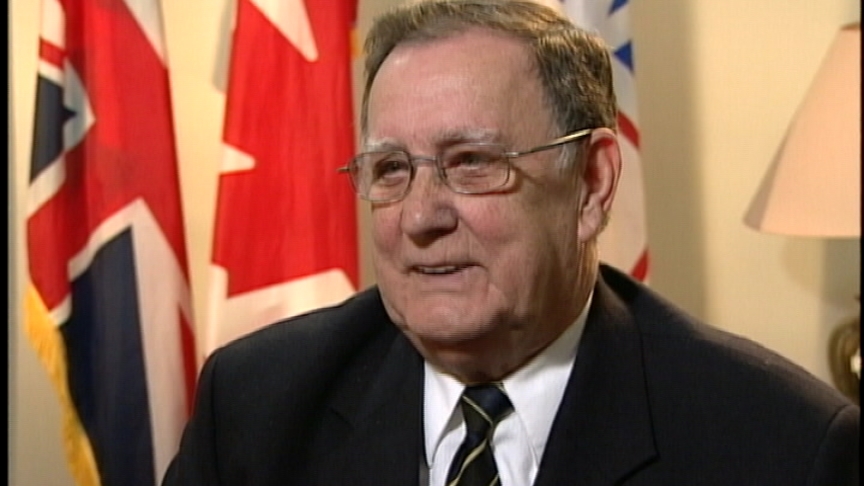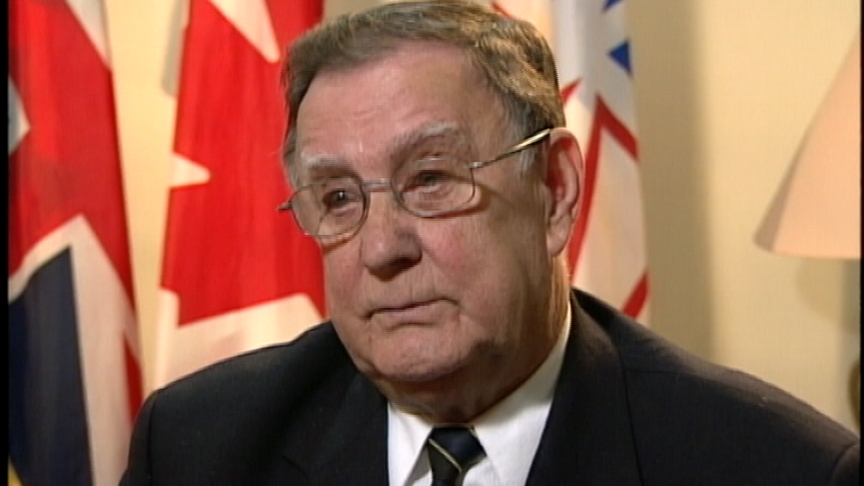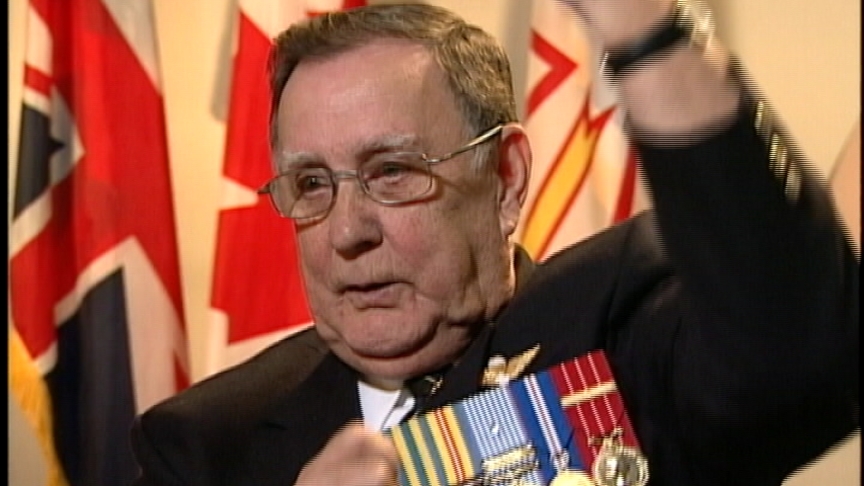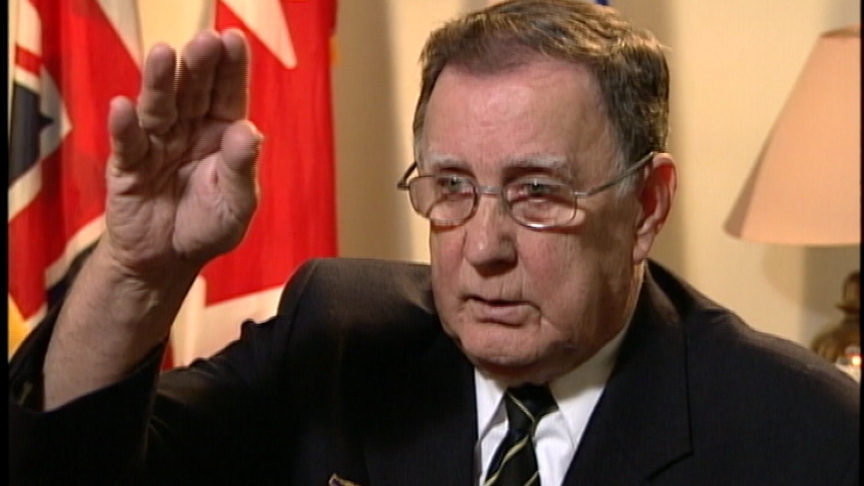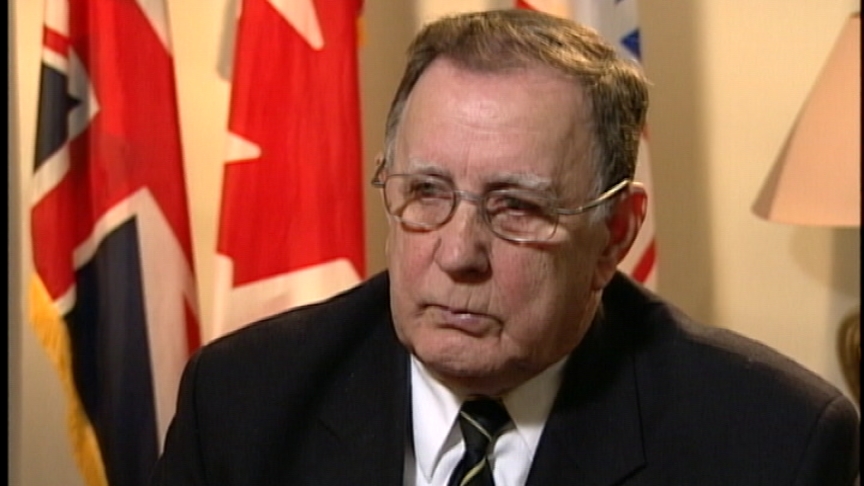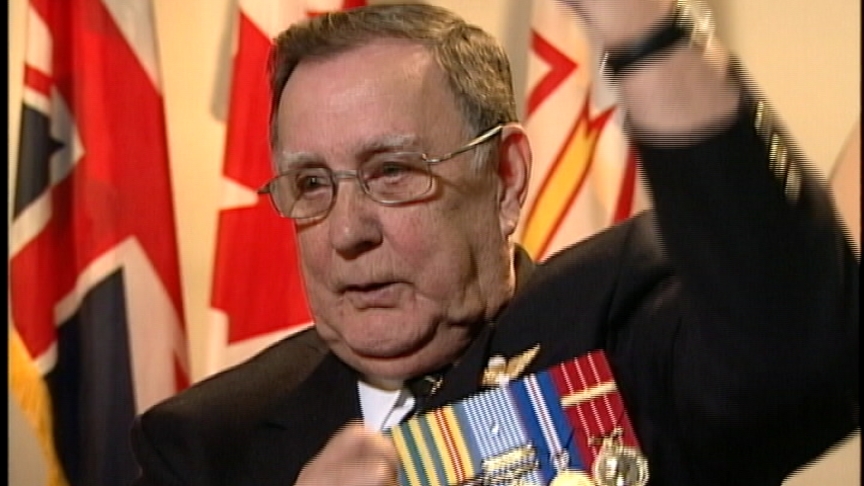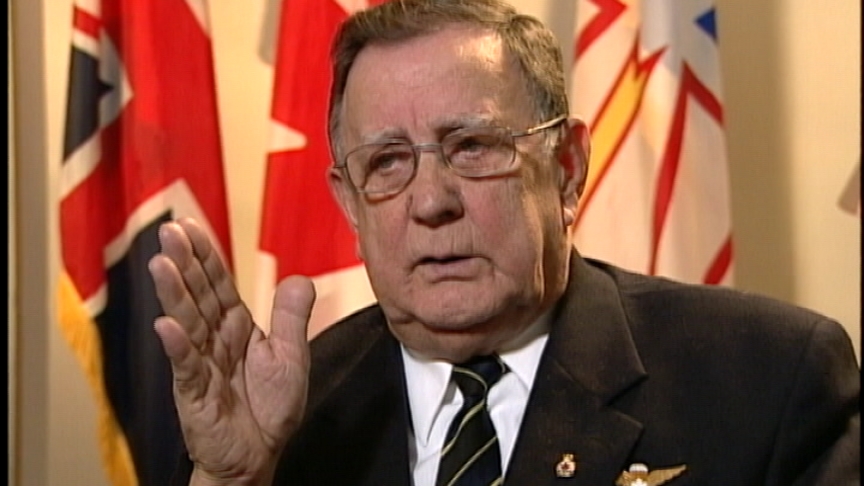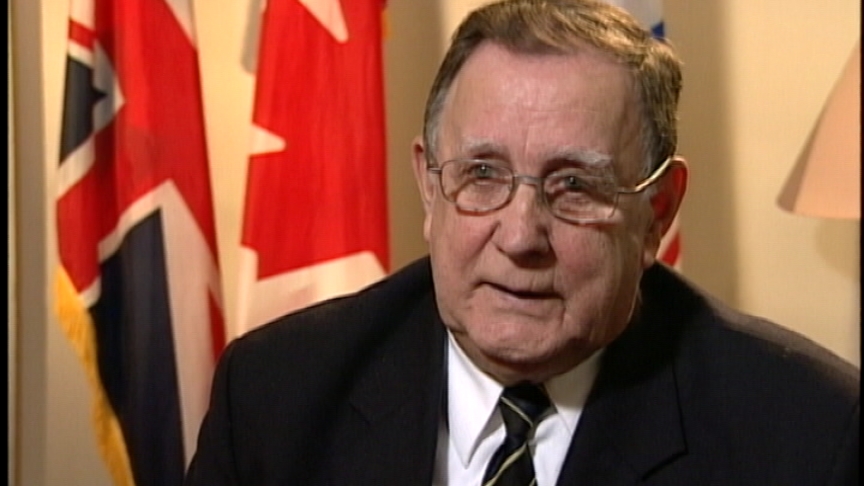We didn’t know too much about Korea. I did find out, to be
honest with you, the people, farmers or people who lived away
from the other cities and that. They were so far behind us, so
ancient. They were still using the oxen and the old plows.
You know, did you ever see them? This is how they plowed up
their rice paddy. Now, the countryside all hills and valleys
you know. That’s the way the whole country was made up.
Hills, valleys and rice paddies. Yeah we know all about
the rice paddies. When we landed there, we landed there
right at the starting of the monsoons and it was very
uncomfortable. It wasn’t cold, but warm, but it rained for about
seven or eight weeks. But it wasn’t always a down poor, but it
was always rain. And when I remember when we did so much
training to get used to the climate and the country itself
then we were going up to relieve some of the fellas in the 2nd
Battalion RCR and it’d be nothing almost up to your knees in muck
The trucks went up with us, took us up so far and then we had to
walk the rest of the way and it was gooey.
Interviewer: Everything was wet?
Wet. Yes. But then again, you know, the funny thing about it,
they had a very hot summer. Very hot over there in the summer
time and it was darn cold in the winter too. You know, it’s
amazing from one extreme to the other how cold it could get. The
drip system, everybody would love to have one of them. It’s a
form of having heat in your bunker when it was cold, especially
when you wanted to dry something or you wanted to make your
coffee. We always had coffee going at night time because most
of the time we were spending two hours on, two hours off or
sometimes we would be at a 100% stand, you know type thing. But
anyway it’s a jerry can and it has a special fitting on it and a
tube, not much bigger than my little, rubber tube. And it had
a, it went down into the jerry can and it was sealed is the way
it was done. And I guess it was about, the hose was at least
about twenty-five feet long because, so you wouldn’t have it
in the bunker with you. You put it somewhere else because you
know if it blew up or anything, that’s it, you’re gone.
Around the end of it then it had a piece of tubing, metal, like
copper tubing and only a small hole in them and then on the
inside it had a little thing for tightening up the holes that
allowed the amount of gas that would be coming through. It
would just drip down and it would drip down on the clay. We used
to have a stove and we used to have a chimney. The twenty-five
pounder shell box from the artillery and empty shells, we’d
get them and we’d knock out the end and they’d fit down just like
this and that’s what we had. It would go down into the stove and
the sand in it and it was just drip, drip, drip.
And amazing the heat that came from it.



